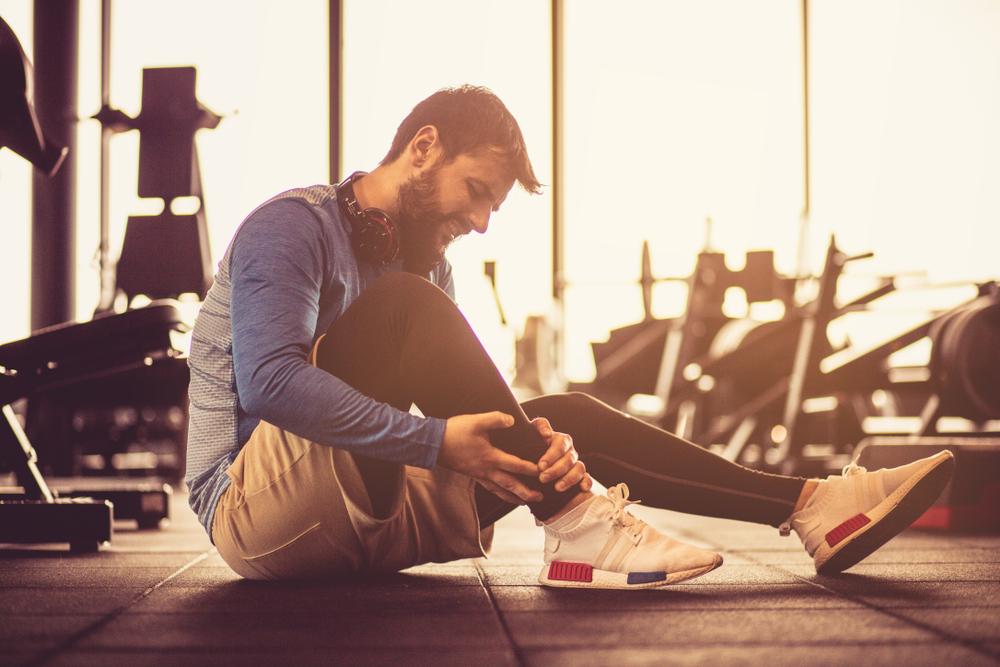Ehlers-Danlos Syndrome (commonly known as EDS) is a connective tissue disorder and even though there is a wide range of EDS sub-types, most people with the syndrome share a group of common symptoms. Today, we are looking at three simple ways to manage the symptoms of EDS.
Ehlers-Danlos Sydrome
EDS affects at least one in 5,000 people, although that is considered by many to be conservative with clinical studies showing it may be much more common.
Within the wide range of sub-types, many people with the syndrome share a group of common symptoms such as chronic pain, skin sensitivity, hyperextension, dislocation and joint instability.
Each person with EDS is unique in their symptoms and treatment, and while it’s important to work alongside your healthcare team for the long-term management of your condition, there are some simple ways to easily get on top of the more common symptoms of EDS to get back doing the things you love.
1. How your lifestyle affects EDS
There are a wide range of lifestyle factors that can greatly affect how severe the symptoms of EDS affect you. These include such things as:
- Being overweight/obese: carrying excessive weight can strain your joints and exacerbate the symptoms of EDS and greatly increases the risk of injury.
- Smoking and excessive alcohol consumption: while these can already have a negative impact on your health, with EDS the effects are more severe due to the strain on your cardiac and vascular system.
- Poor sleep hygiene: having scattered and inconsistent sleep, as well as a poor fitting mattress, can have a distinct effect on the symptoms of EDS.
By avoiding the above as well as maintaining a regular habit of exercise and healthy eating, you can manage many of the symptoms of EDS effectively.
2. Wearing a brace or support
Chronic pain is one of the symptoms of EDS and for many sufferers, it means they have trouble completing simple daily tasks. For the most part, this pain comes from hypermobile joints that dislocate and hyperextend during the day.
The pain can often lead to a reluctance to engage in physical activity and can have a compounding effect on lifestyle factors, leading to a cycle of pain and frustration.
By wearing a rigid or semi-rigid support or brace, you can provide physical support to the joints and minimise the risk of hypermobility.
To find a support or brace try: Shop by Body Part
Rigid support
Rigid braces are the highest level of support you can get for your ankle. Utilising a rigid splint to keep your ankle in a particular position, they’re most often fastened with strapping and use padding, air cushions and inserts to keep the joint supported.
When it comes to the ankle, this type of brace is most commonly used for chronic instability, severe injury and post-op recovery. Often, rigid braces are the best chance people have of being able to walk with a severe ankle injury.
Example: Caligaloc Ankle Brace
Semi-rigid support
Semi-rigid braces are designed to provide support post-injury. The unique design allows for the brace to stabilise the ankle, while still allowing active movement.
Using the ankle as an example again, these braces often have multiple components to suit various stages of rehabilitation from an ankle injury. This helps patients to transition through their recovery with the one brace. These braces are highly versatile and great for multiple issues, such as swelling and instability, fractures and post-op recovery.
Example: MalleoLoc L3 Ankle Brace
A brace on the affected joint helps to promote regular and consistent movement, as well as reduce the risk of injury, but it has also been shown to reduce the symptoms of chronic pain caused by EDS.
For assistance selecting the right product for your needs, book a video consultation with a Bauerfeind expert: Book Video Call, or call us on 1300 668 466.

3. Physical therapy
Joint hypermobility or instability is one of the most frustrating and painful symptoms of EDS. Unfortunately, there’s no medical treatment to restore the joint properly.
However, targeted physiotherapy, strengthening and exercises can all be practised to help strengthen the larger muscles around the affected joints to reduce the risk of dislocation, and provide stability.
By regularly exercising and strengthening the muscles around the joints in your ankles, knees, back, elbows and wrists, you give your body the best chance at combatting the more common symptoms of EDS.
Do you have private health? Most private health extras will cover Bauerfeind Products, check to see if yours is included. Bauerfeind Private Health Insurance Enquiry.
Bauerfeind products are developed at our innovation and manufacturing facility in Zeulenroda, Germany. Based on years of scientific research, our award-winning braces and support garments are highly recommended by medical professionals and athletes worldwide.
















